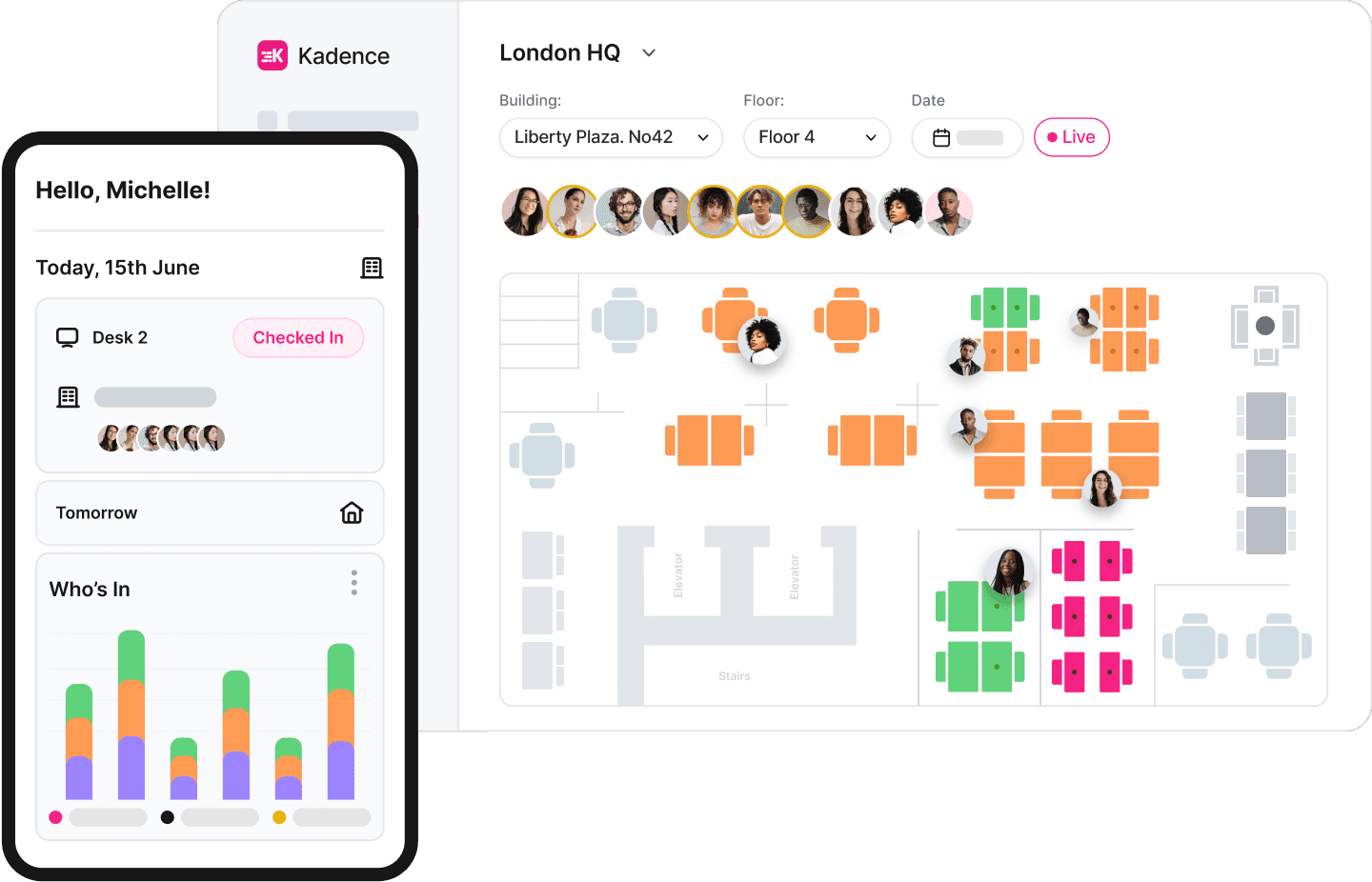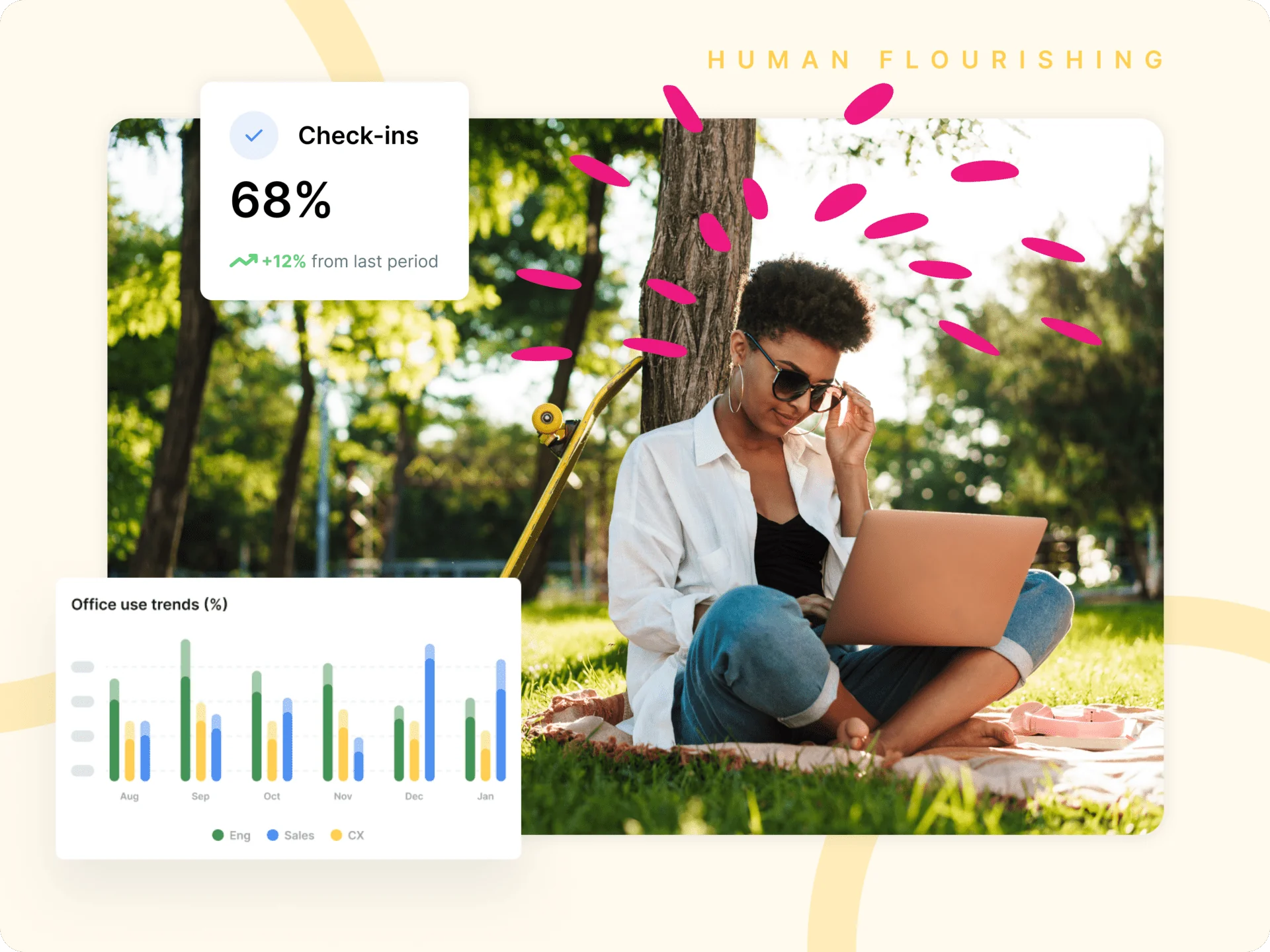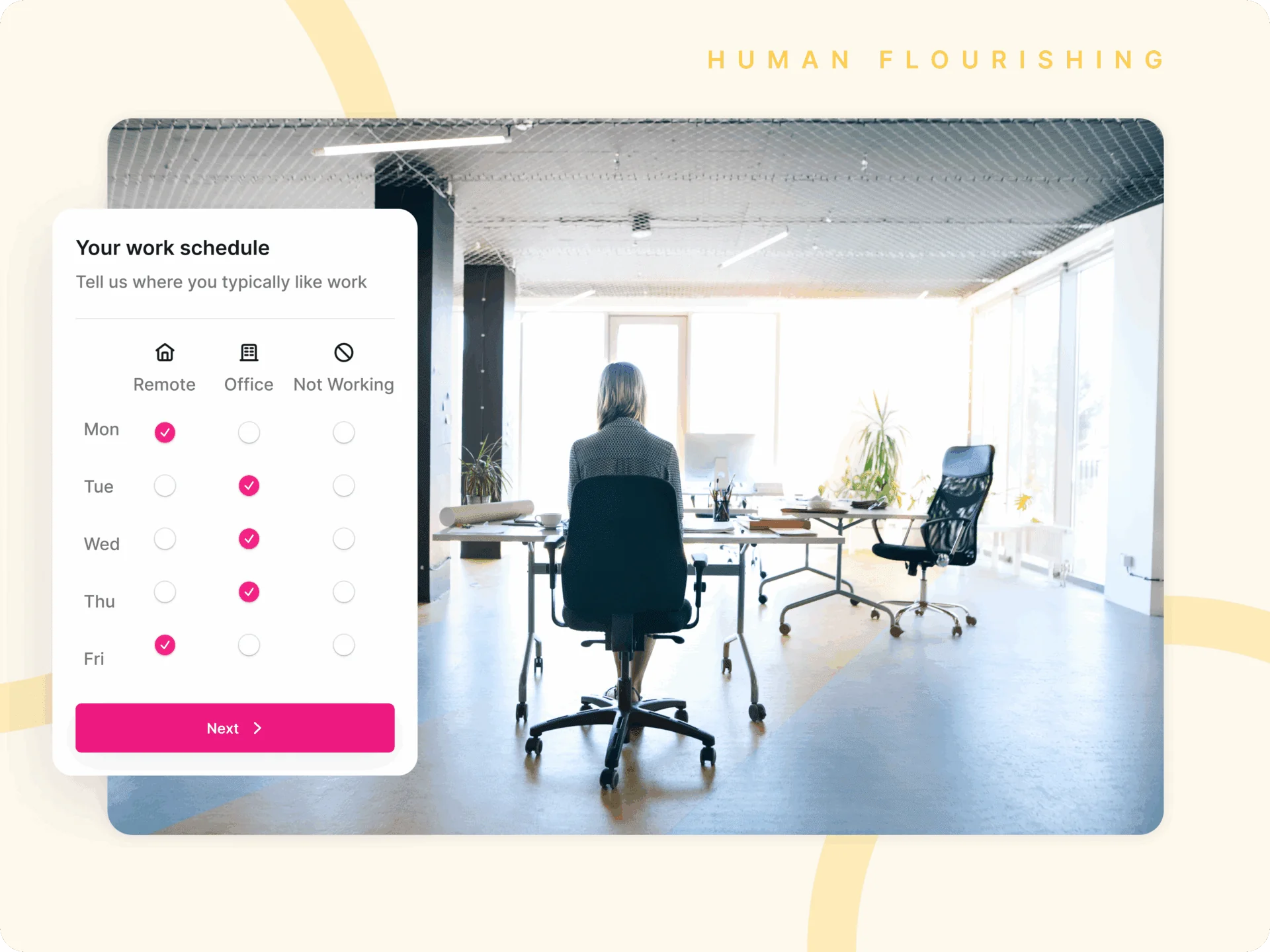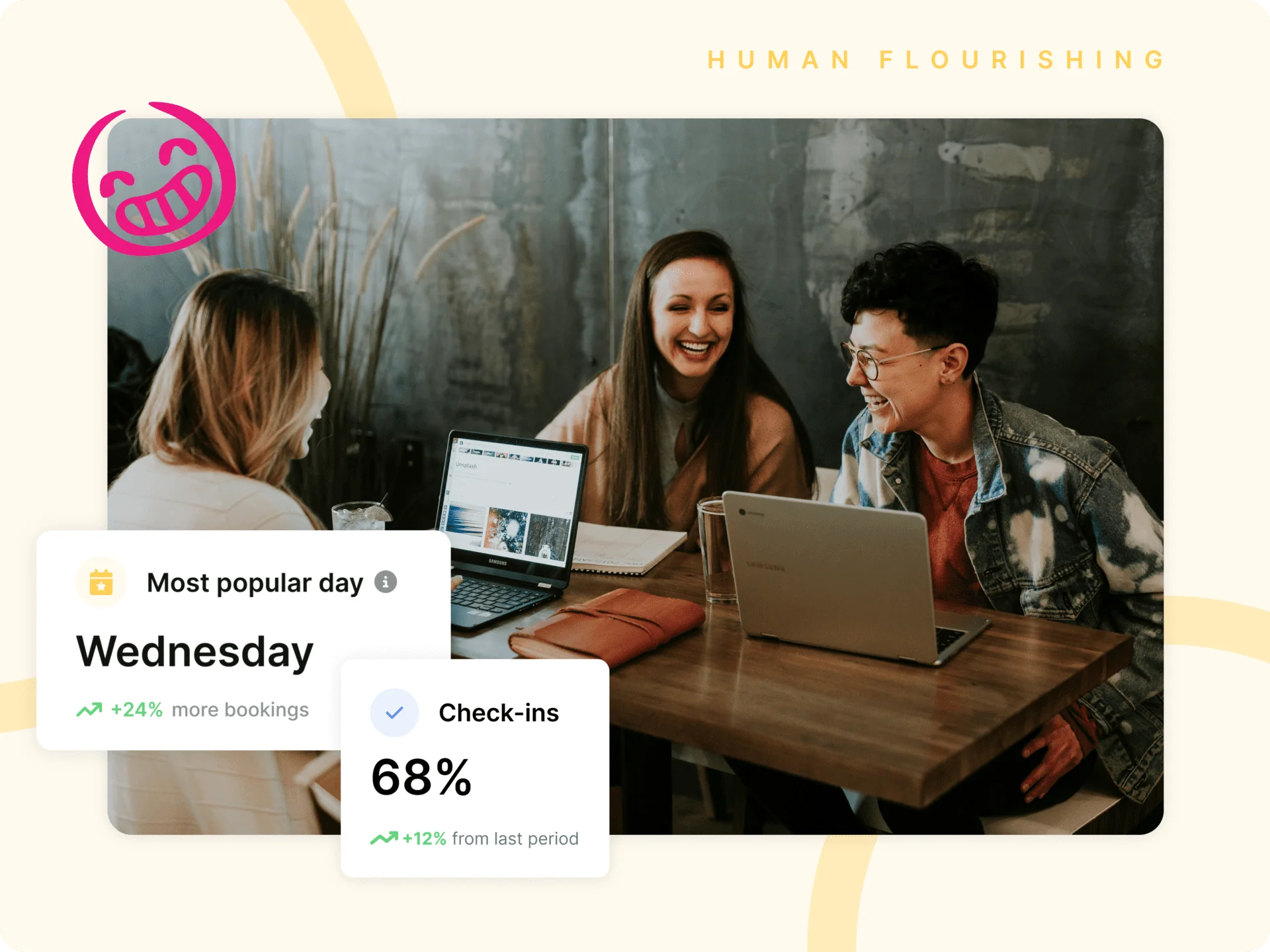In San Francisco this week, the sun came out — and so did the laptops.
Powerpoint presentations in parks. Zoom calls on the beach. Slack pings sent under picnic umbrellas. According to The San Francisco Standard, it wasn’t just a nice day; it was a quiet act of rebellion.
And here’s the thing: companies trying to force everyone into a full-time return-to-office strategy might still find their people “out of office” — just not where they expect.
As spring arrives and the days grow longer, it’s clear that people aren’t craving corporate cubicles 5-days a week. They’re craving genuine human connection. Community. Vitamin D. And the flexibility that comes with hybrid work.

The problem? Most companies have confused proximity with presence. But being physically present in an office doesn’t guarantee engagement, wellbeing, or collaboration. If anything, rigid RTO mandates can actually push people to disengage or, worse, pretend to comply.
Which raises a tough question for leaders: Do you want your people to lie to you about where they are?
Because the truth is, remote workers will leave the house — just on their own terms. And if your company doesn’t offer a hybrid model that acknowledges that reality, you’re not preventing absenteeism. You’re just eroding trust.
Hybrid Isn’t A Compromise. It’s A Strategy For Trust.
Let’s step back. The reason so many leaders pushed for return-to-office policies in the first place was grounded in something real: people are lonely. We’re more disconnected than ever. A study by Cigna found that 58% of U.S. adults report feeling lonely — and that was before the latest wave of RTO mandates.
But trying to fix loneliness with a commute misses the point. People don’t need an office. They need belonging. And forcing them into a rigid 9-to-5 doesn’t necessarily foster that. In fact, it can have the opposite effect — creating resentment, mistrust, and “coffee badge” culture where people show up just to be seen, not to connect.
Hybrid work, when done right, does something different. It balances autonomy with alignment. It offers structure without rigidity. And most importantly, it’s built on mutual trust — not surveillance.
That’s the real unlock. Because when people feel trusted, they’re more likely to show up authentically — not just physically. And when they have the flexibility to choose when and where they work best, they’re more likely to use in-person time for what it’s meant for: meaningful connection.
The Sun’s Out. Your People Are Too. Is Your Culture Ready?
Here’s what’s happening in real time: workers are reclaiming their autonomy. The weather gets better, and people go outside — because they can. That’s not a problem. It’s a sign that your team is human.
But if your company treats flexibility as a perk instead of a pillar, don’t be surprised when your people start working from a coffee shop or a park — and just don’t tell you.
That’s where hybrid models have the edge over fully remote ones. Hybrid creates a shared rhythm. It encourages intentional in-person collaboration without mandating it five days a week. And it enables leaders to see patterns, plan effectively, and design spaces that support both focus and connection.
At Kadence, we see this every day. The companies that thrive in hybrid aren’t the ones tracking badge swipes. They’re the ones fostering a culture where showing up — physically or virtually — feels worth it.
The Takeaway: Design For Real Life, Not A Return To 2019
As spring rolls in, people are naturally drawn to connection. They want to spend time with their teammates, but also with their families, their friends, and yes — the sunshine.
Trying to fight that isn’t leadership. It’s control.
The companies that will win in this new era of work are the ones that accept a simple truth: life is hybrid. People live fluidly, moving between spaces and roles throughout the day. Work should reflect that — not resist it.
So if you’re still clinging to rigid office mandates in the hopes of solving disconnection, ask yourself: Are you designing for how people actually work? Or for how you wish they did?
Because your people aren’t just working from home anymore. They’re working from anywhere.
The question is: Are you okay with that?
Or better yet: Are you ready to build a culture that thrives on it?
Hybrid Work Isn’t About Location — It’s About Coordination.
At Kadence, we help teams plan their time together with purpose. Whether it’s setting anchor days, booking space, or simply knowing who’ll be in when, our platform gives hybrid teams the visibility and rhythm they need to make every day work better — in and out of the office.

Want to see how it could work for your team? Book a demo with one of our hybrid experts and get a personalized walkthrough of Kadence in action.





